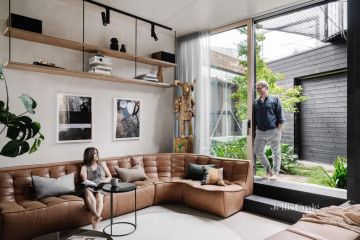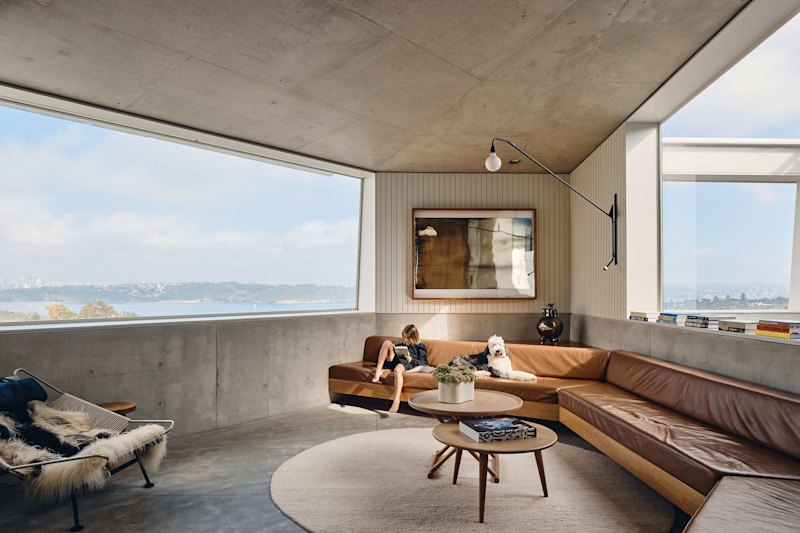Bustling bars and top transport: The perks of living in a university suburb are not just for students

It goes without saying that living in university suburbs with bustling bars, cool cafes and thriving arts and culture scenes can be very attractive to young people.
But the same activities and amenities that make these suburbs enjoyable to students also make them eminently liveable and appealing to other demographics.
The presence of students means the areas surrounding universities brim with features such as live theatre and comedy, galleries and bookshops, ample public spaces and a diverse array of interesting and affordable culinary options. Universities are also usually near good public transport.
And then there are the facilities provided by the university itself – such as quality libraries, sports and aquatic centres and teaching hospitals, which have access to the latest research and technology as well as highly qualified medical staff.
Urban planner Jennifer Bautovich says university suburbs tend to align with key urban design principles, such as the idea of a “centre”.
“In essence, a centre means an increase in population density, usually near a piece of infrastructure such as the metro,” Bautovich says. “It ends up being something called transit-oriented development. It’s a good thing in terms of lifestyle because it increases walkability [and] movement.”
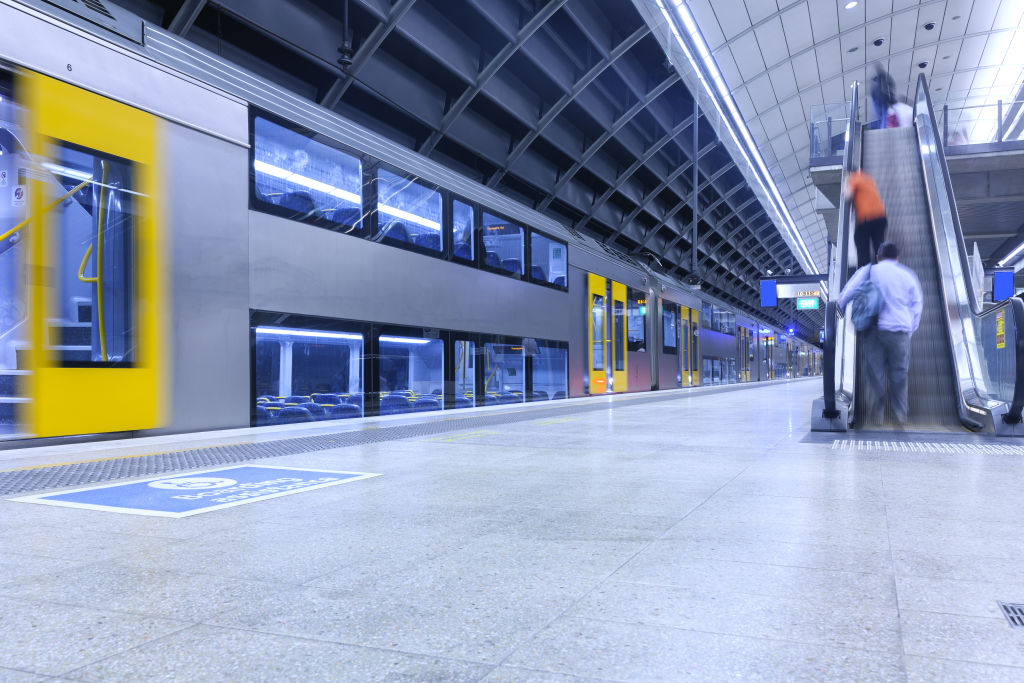
Bautovich also points out that the vibrancy created by cafes, restaurants and bars in these suburbs helps generate economic activity, which in turn generates job opportunities. Plus, there are the employment opportunities created by the university itself.
Given their student population, university areas are also typically characterised by high-density living. Bautovich says another urban design principle is, “Where there’s higher density, there should be higher amenity.” This includes parks and public spaces that help promote mental health.
Often, university areas can resemble the concept of a 15-minute town – an increasingly popular model for urban development where the daily basics required by happy and healthy residents (cafes, medical care, libraries, schools, parks) can be reached within a 15-minute walk or cycle.
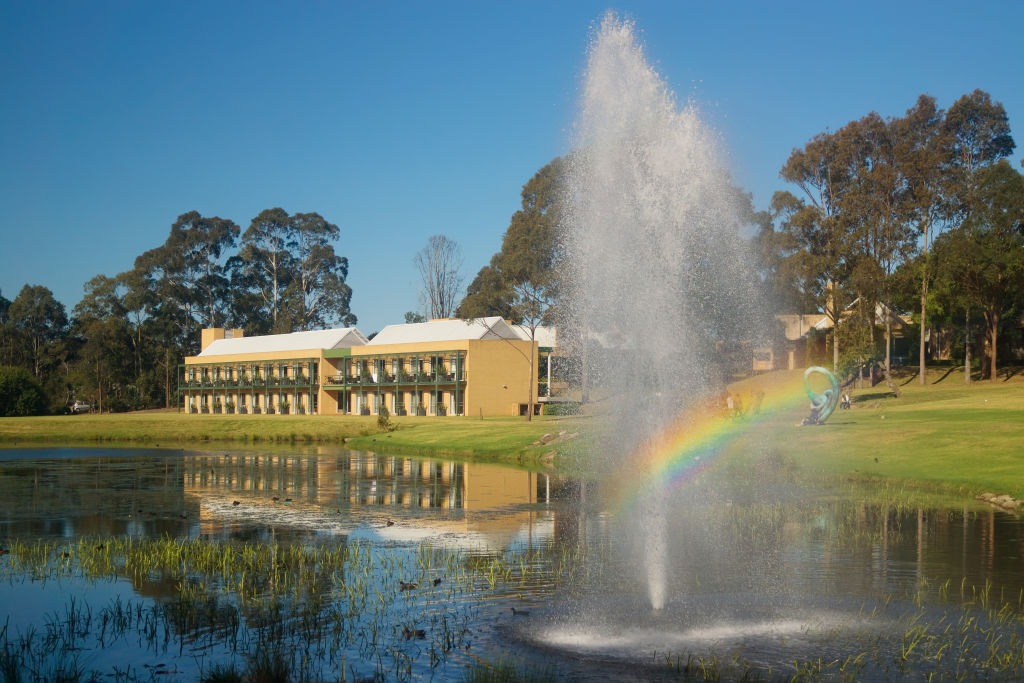
Sydney’s Macquarie Park, home to Macquarie University and its MQ Health – Australia’s first university-owned teaching hospital – is a prime example of this. Macquarie Park is a typical university suburb in that it’s close to the train, bus routes, schools, recreation centres, a shopping centre and parks (including the large Lane Cove National Park).
Urban Property Group has recently built a high-quality residential development called La Vera in Macquarie Park because it’s an in-demand area – and not just for students.
Urban Property Group chief executive Patrick Elias says so far there are four main demographics likely to buy in the La Vera building. One is first-home buyers looking to enjoy living “at the centre of everything”.
“La Vera’s prime location in Macquarie Park, close to educational institutions and convenient transport options, makes it appealing to this demographic,” Elias says.
He says “growing families” are also interested in La Vera thanks to its closeness to schools, the university and recreational areas such as the national park, and its ample options for retail and dining.
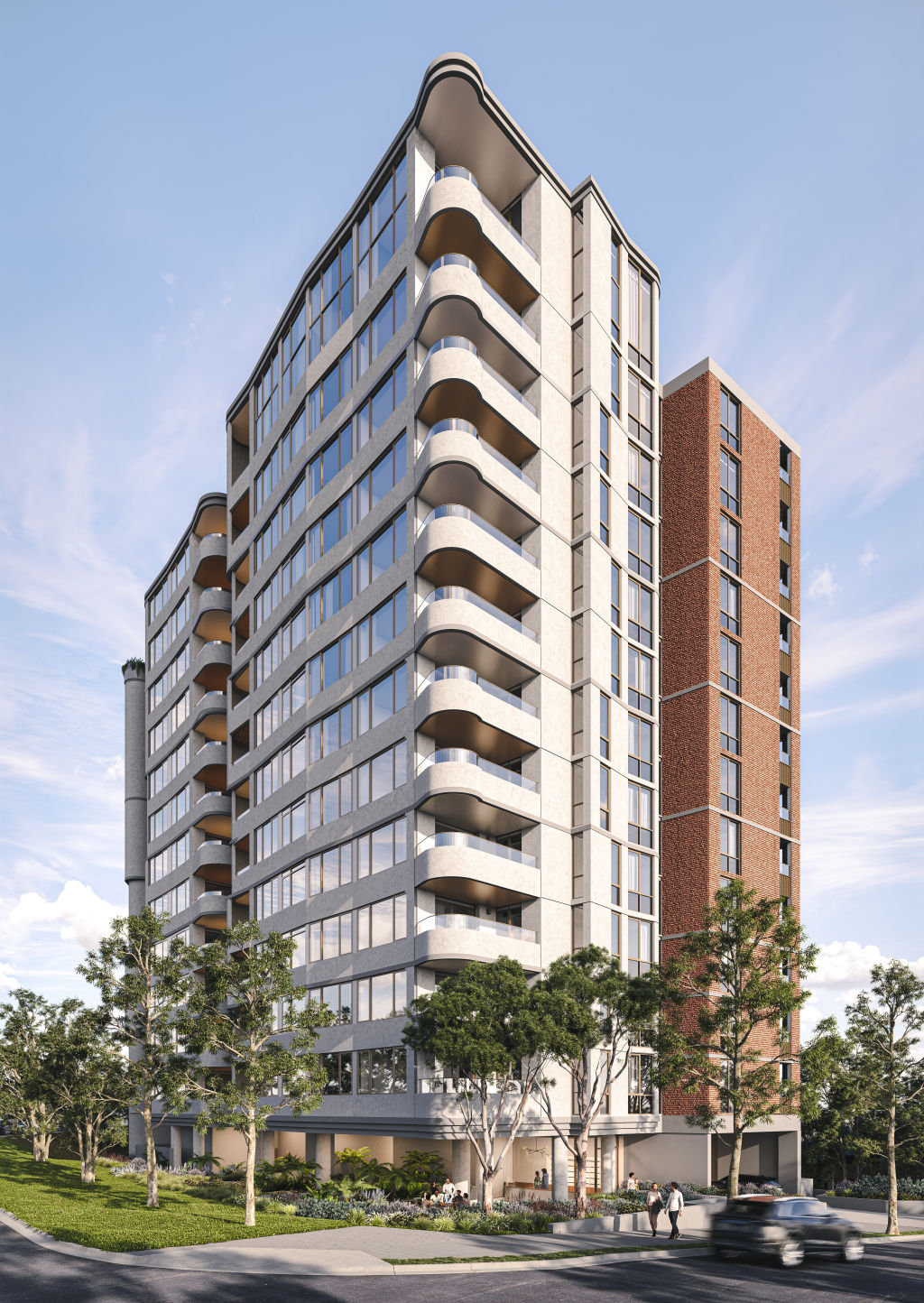
But then, Urban Property Group has received interest from older demographics, too. Investors, Elias says, recognise the strong rental demand and enduring appeal of university areas.
Downsizers, meanwhile, are interested in quality, security, easy access to amenities and “serene surrounds” with green spaces such as La Vera’s rooftop terrace with lush landscaping and stunning national park views.
As a 12-level building with 119 one, two and three-bedroom apartments, La Vera will also be a high-density solution for the growing population of Macquarie Park.
Bautovich explains that apartment buildings play an important role when it comes to in-demand areas such as university towns.
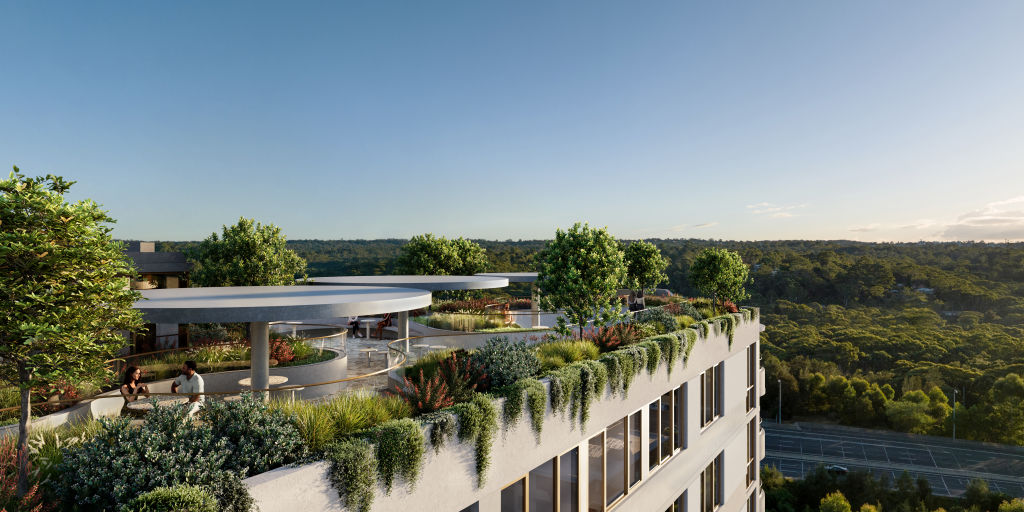
“It ends up meaning there’s less concrete on the ground, to put it simply, because you’re having a vertical tower and it frees up the ground plane and you have more space to softscape and for public space, which is … where the community wants to be,” she says.
Urban Property Group’s investment in high-end housing demonstrates it sees a bright future in university suburbs and the variety of residents drawn in by everything these vibrant places have to offer.
Apartments at La Vera start from $640,000. The display suite is open seven days a week by private appointment at 66 Talavera Road, Macquarie Park.
Find out more by visiting the Domain listing here, or see La Vera’s website here.
We recommend
States
Capital Cities
Capital Cities - Rentals
Popular Areas
Allhomes
More

